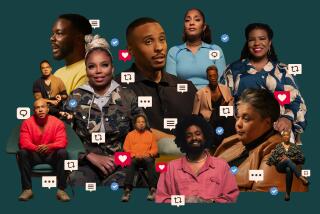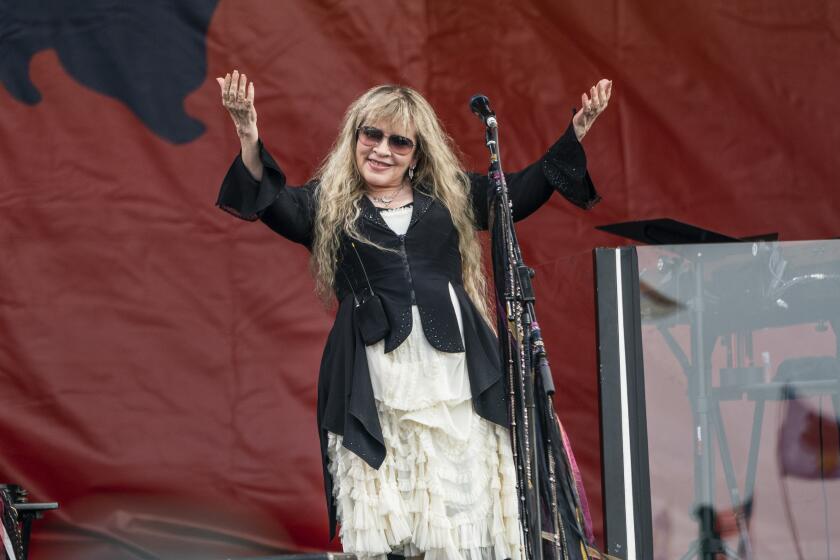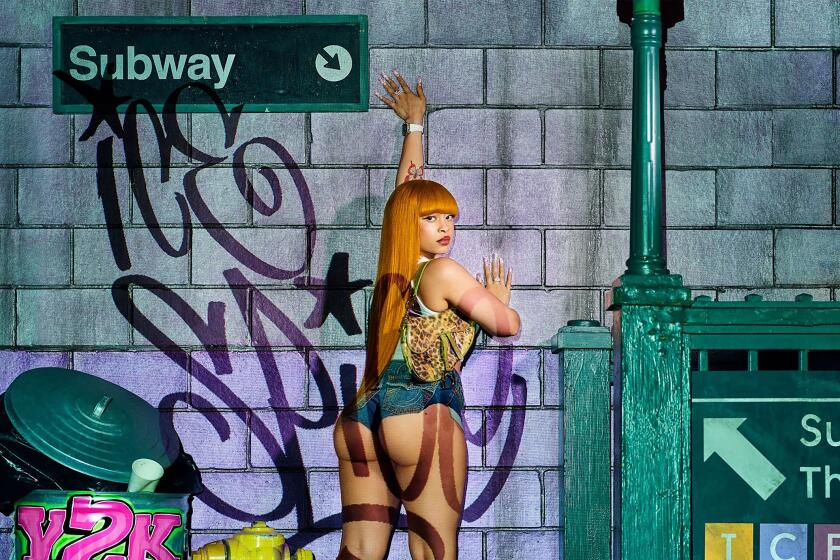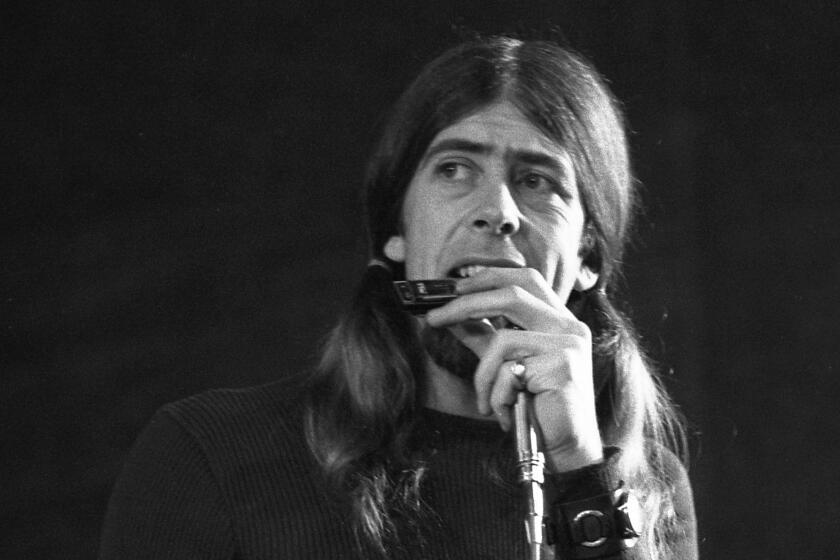‘Blurred Lines’ verdict: In jazz, the vibe is everything
Jazz may be miles away from pop in terms of financial power -- its intake roughly amounts to the change Pharrell Williams leaves behind in the couch cushions -- but its Twitter community reacted to this week’s “Blurred Lines” verdict, in which a jury compelled Williams and Robin Thicke to pay $7.4 million to the Gaye estate, like much of the music world: with a mostly appreciative indictment of Thicke, who is already easily pegged as an interloper for appropriating the sound of a legend like Marvin Gaye.
In the wake of the trial, the music industry has been feverishly speculating what, if anything, the jury’s decision might foretell for the future of creativity, both within and outside of the billion-dollar pop machine. But for a niche genre in which profit isn’t king, does such a verdict mean anything beyond its immediate consequences?
In the open-source, improvisation-powered jazz world, the individual voice is paramount. The list of brilliant composers in jazz runs just as long as in any other discipline, but the ability to distill your craft into a sonic fingerprint, a distinctive voice that can stand out in the most well-worn standard as much as your own work, is the ultimate, ever-evolving goal. (A day’s instruction in a class at the prestigious jazz program at Thelonious Monk Institute at UCLA, for example, tilts far less on technical prowess and more on how best to sound like yourself.)
Still, while capturing another artist’s “vibe” isn’t typically an artistic goal, it’s often employed as a reference point. Album-length tributes to legendary artists aren’t just common in jazz, they’re practically a business model. Saxophonists Joe Lovano and Rudresh Mahanthappa both issued albums inspired by Charlie Parker in recent years, but rather than attempting to replicate Bird’s sound, the records endeavored to build upon his legacy by filtering his work through their voices.
Lovano’s 2011 album primarily features reimagined covers of songs associated with Parker, but Mahanthappa freely acknowledges the tracks on his new album as entirely inspired by a Parker composition or solo. As he writes in the liner notes, “imitating Parker is of no consequence ... but developing new perspectives upon tradition is the substance of contemporary expression.”
As a result, Lovano’s “Bird Songs” and Mahanthappa’s “Bird Calls” may draw from the same source, but the two records sound entirely different.
On his terrific 2015 album “Break Stuff,” the pianist Vijay Iyer showcases his artistic identity through interpretations including those of the likes of John Coltrane’s “Countdown,” Billy Strayhorn’s “Blood Count” and, most remarkably, Detroit minimalist Robert Hood. Iyer’s piano trio conjures Hood’s spirit with an original composition that takes an off-kilter, acoustic approach to the producer’s electronic music. Should Hood’s camp call a lawyer? The song, simply titled “Hood,” discovers so much new ground that the idea of legal action is ludicrous. (And, to put it more cynically, it becomes even more so when you compare its potential revenue against that of a summer radio anthem such as “Blurred Lines.”)
Of course, the nature of jazz may be less subject to legal repercussions of evoking other artists’ works, but it’s not beyond commentary. Last year, jazz ensemble Mostly Other People Do the Killing released “Blue,” a note-for-note homage of Miles Davis’ “Kind of Blue” that was so meticulous it recalled Gus Van Sant’s shot-by-shot remake of “Psycho.” The record offered a wry criticism of the industry’s reliance upon familiar names to sell records but also rendered an artful encapsulation of the ghost in the machine that’s inescapable in the best of jazz. Does “Blue” sound exactly like “Kind of Blue”? Of course not. Inevitably each musician’s individuality -- his or her vibe, if you will -- could never be erased.
With such an emphasis on pursuing and refining an individual’s creative voice, jazz is mostly immune to any lingering fallout from Tuesday’s verdict. You want to write a song that evokes “A Love Supreme” while not crediting the source? Why bother in a genre where covers are accepted, even encouraged, particularly if you are bold enough to add something to the text through improvisation and innovation. In jazz, the lines marking a composition’s borders are far more blurred, and better for it.
Want to read more in 140-character bursts? Follow me on Twitter: @chrisbarton
More to Read
The biggest entertainment stories
Get our big stories about Hollywood, film, television, music, arts, culture and more right in your inbox as soon as they publish.
You may occasionally receive promotional content from the Los Angeles Times.







